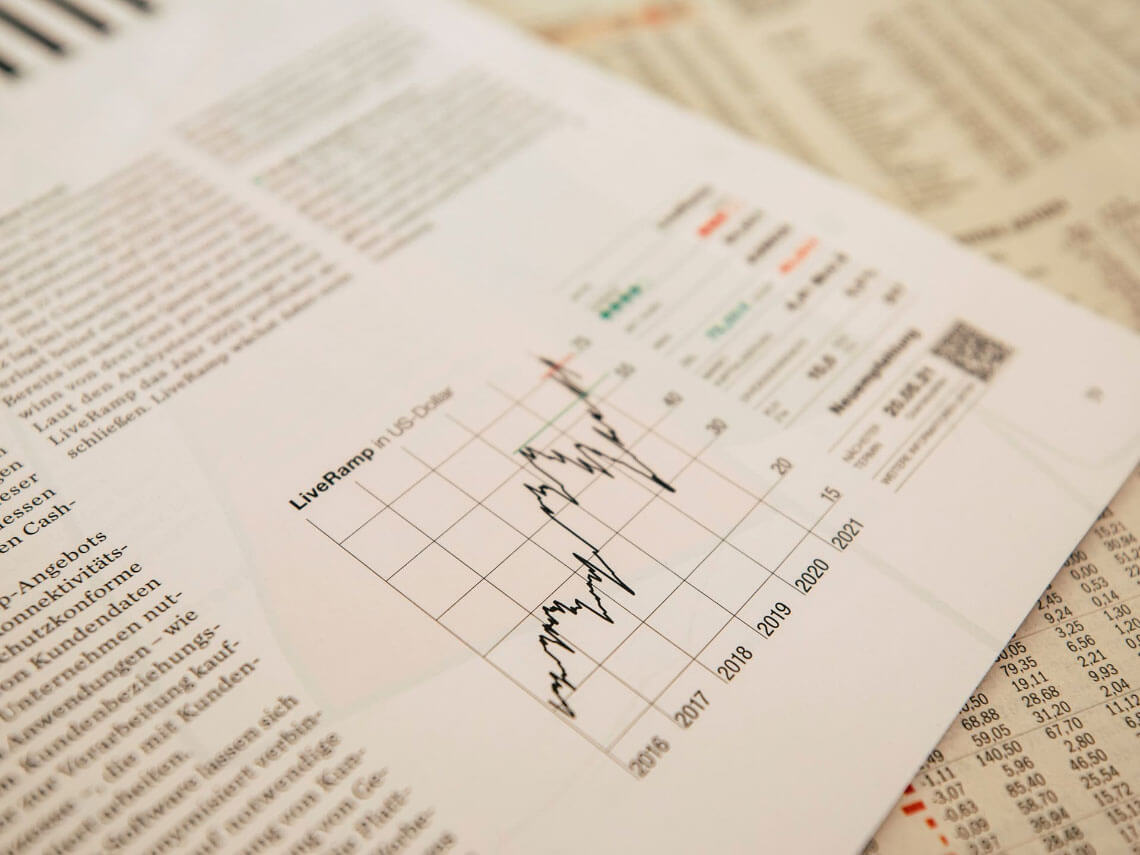The funnel model describes the behavior of a production capacity in relation to the processing of production orders in the form of an analogy model of a water funnel.
Each capacity hopper has a maximum capacity. If more order volume (measured in hours) flows in per time unit than can be processed per time unit, the order backlog in the hopper increases. The higher order backlog in the hopper results in a longer queue of order content, which in turn leads to longer throughput times. The length of the lead time is calculated by dividing the order backlog in hours by the output in hours per operating calendar day.
The funnel model shows that throughput time and capacity utilization cannot be set independently of each other and that the decisive control variable for balancing the two variables against each other is the average weighted order backlog in the funnel.
Our tip:
The decisive control parameter for correctly setting throughput time and capacity utilization at the production capacity in a workshop production facility is not the time of order release, but the work in progress in the capacity funnel, measured in working hours. In practice, this work in progress can usually only be kept constant by adjusting the output of the production capacity; less often by controlling the inflow of new orders.

